
Naked-rumped Tomb Bat (Taphozous nudiventris)
Egyptian Tomb Bat (Taphozous perforatus)
Theobald's Tomb Bat (Taphozous theobaldi)
Theobald's Tomb Bat (Taphozous theobaldi) is a species of sac-winged bat in the family Emballonuridae. It is found in India, Indonesia, Myanmar, Thailand, and Vietnam. These individuals were photographed in Thailand and Sri Lanka.











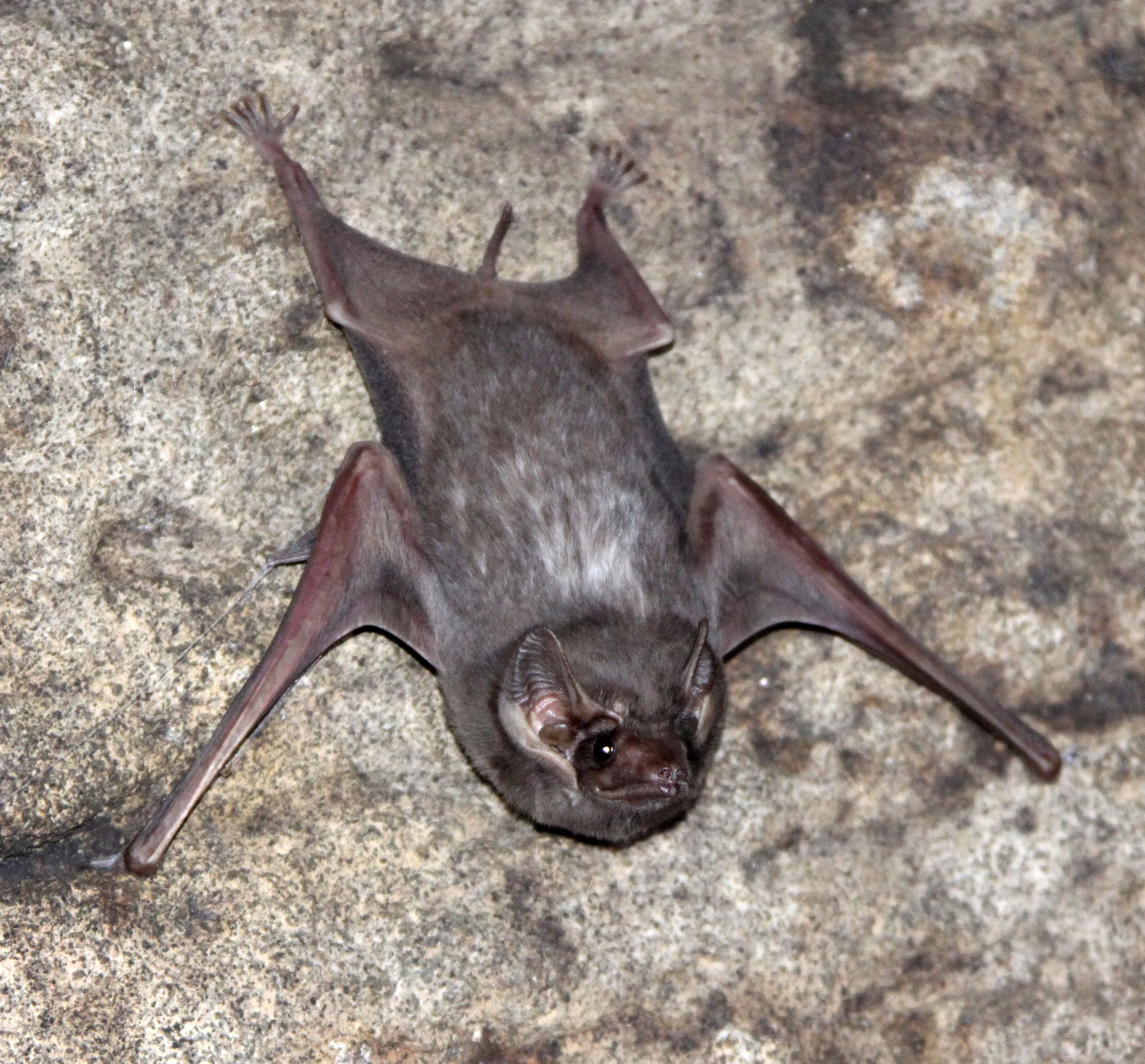

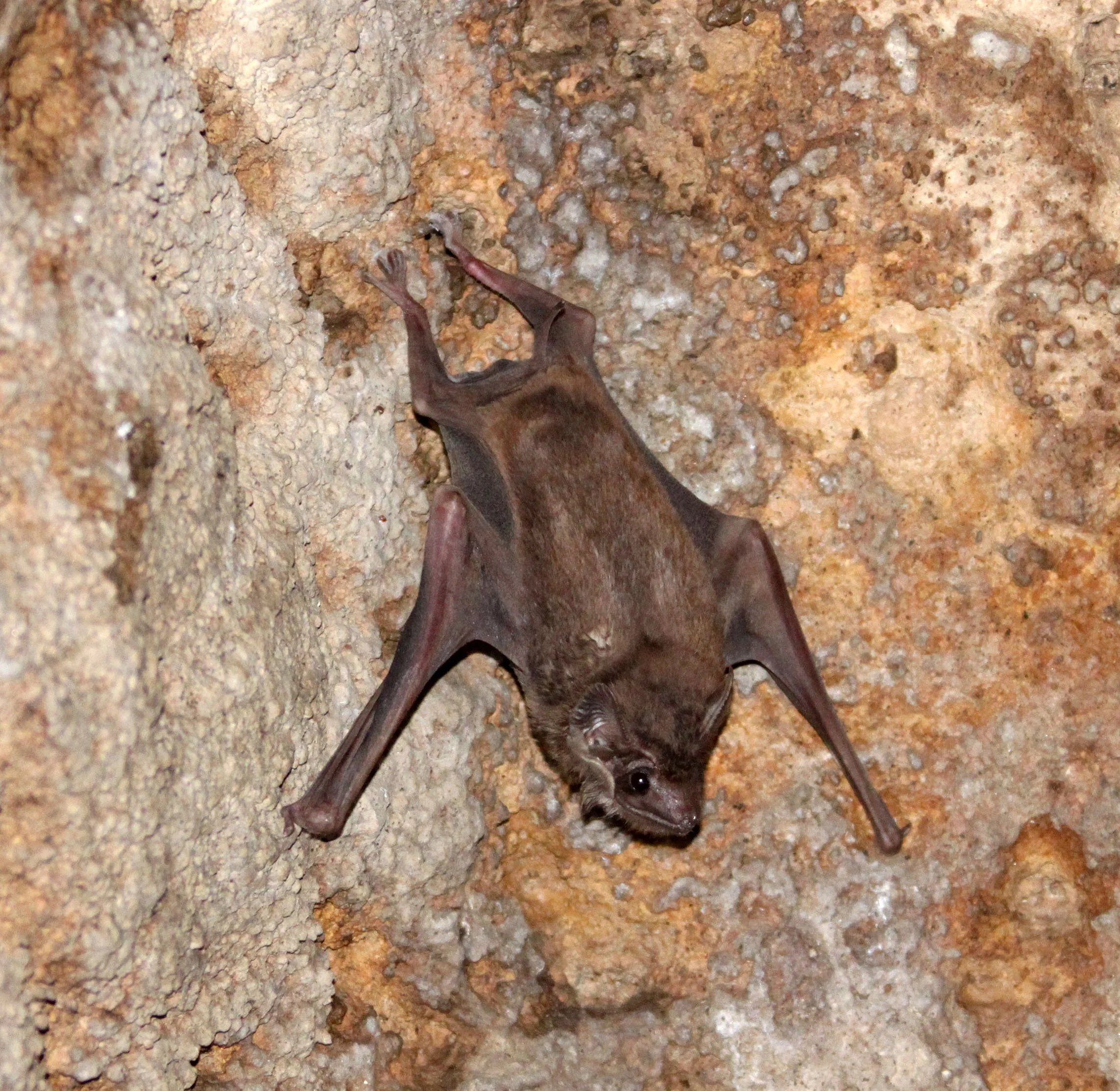
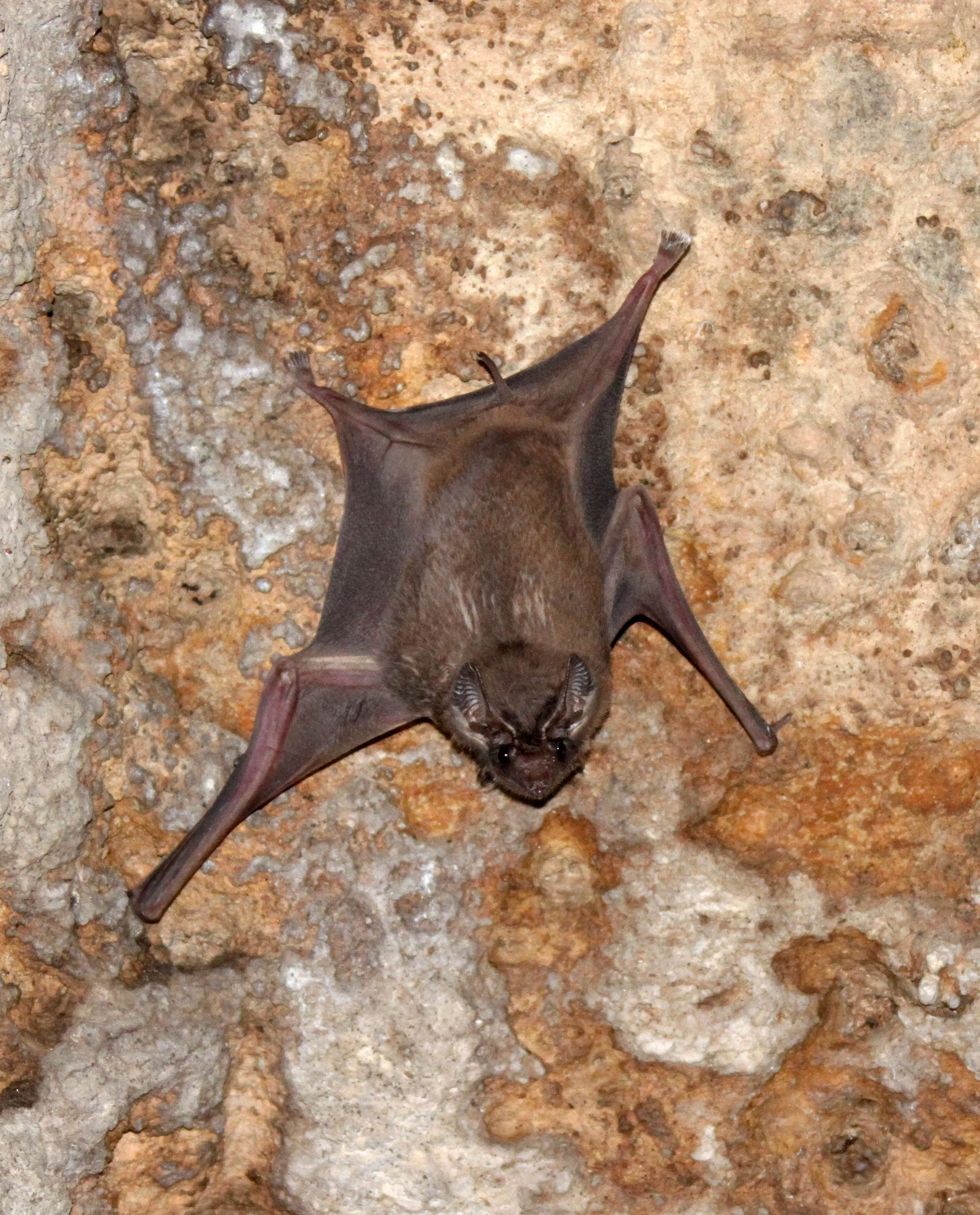
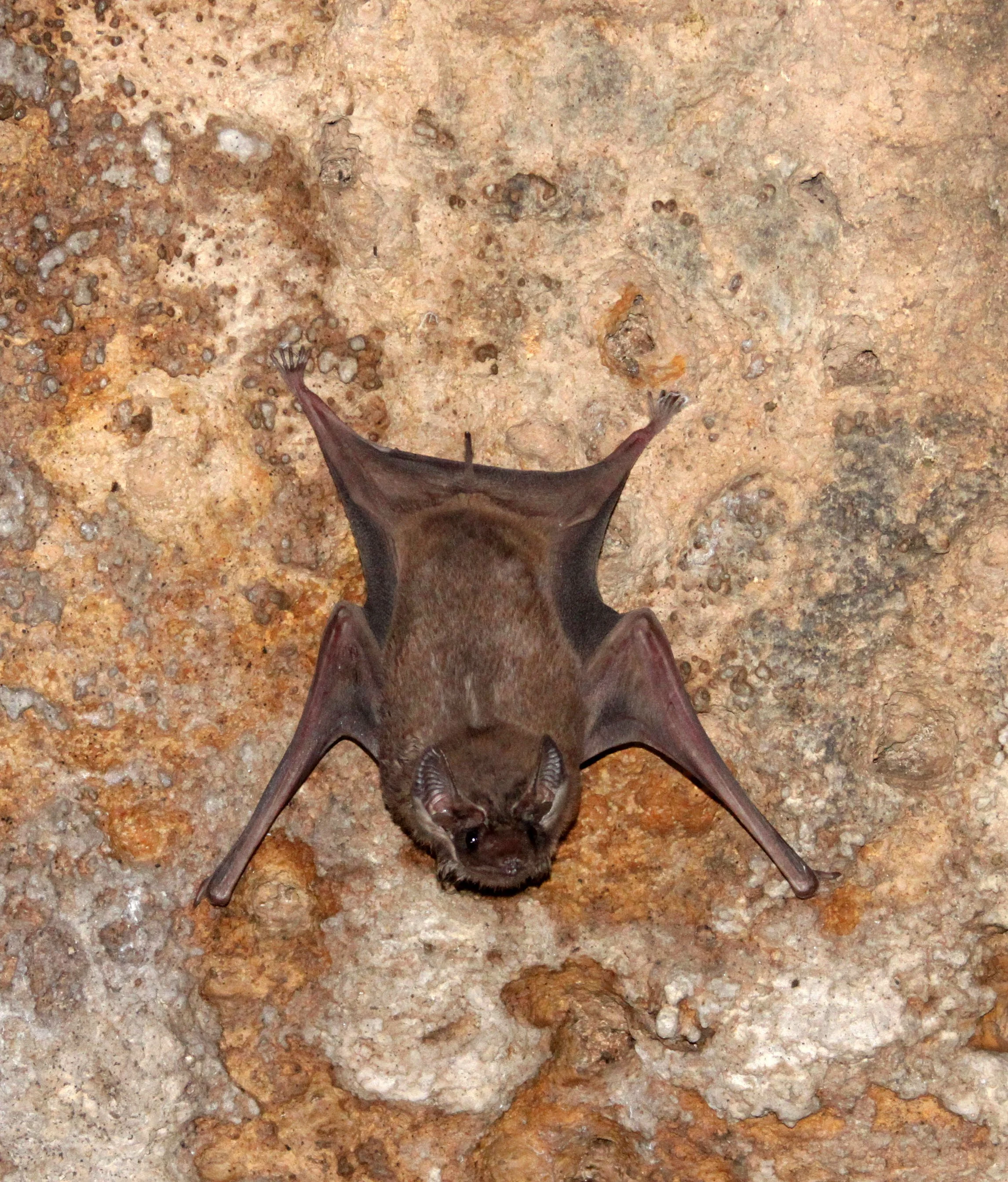
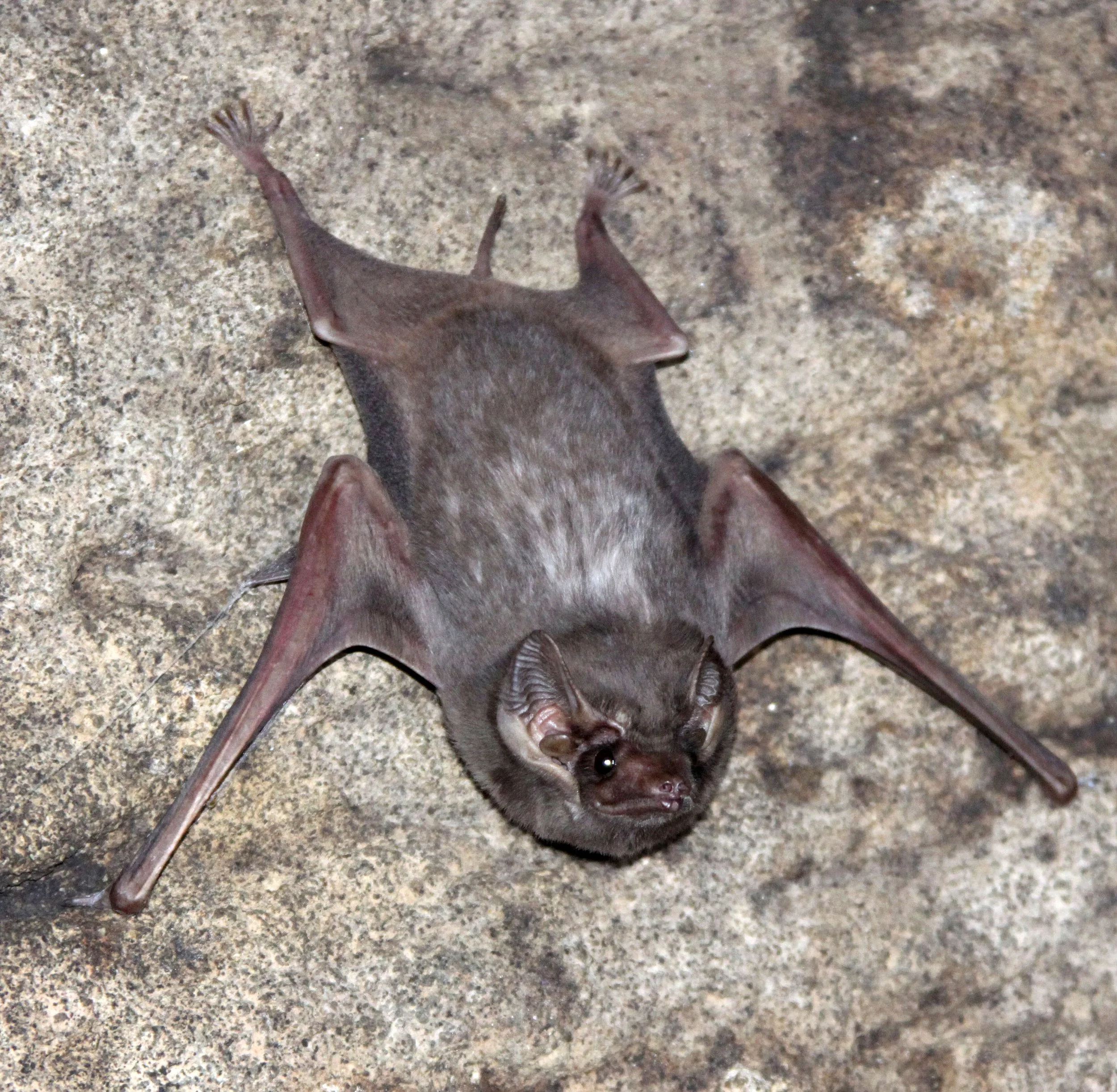
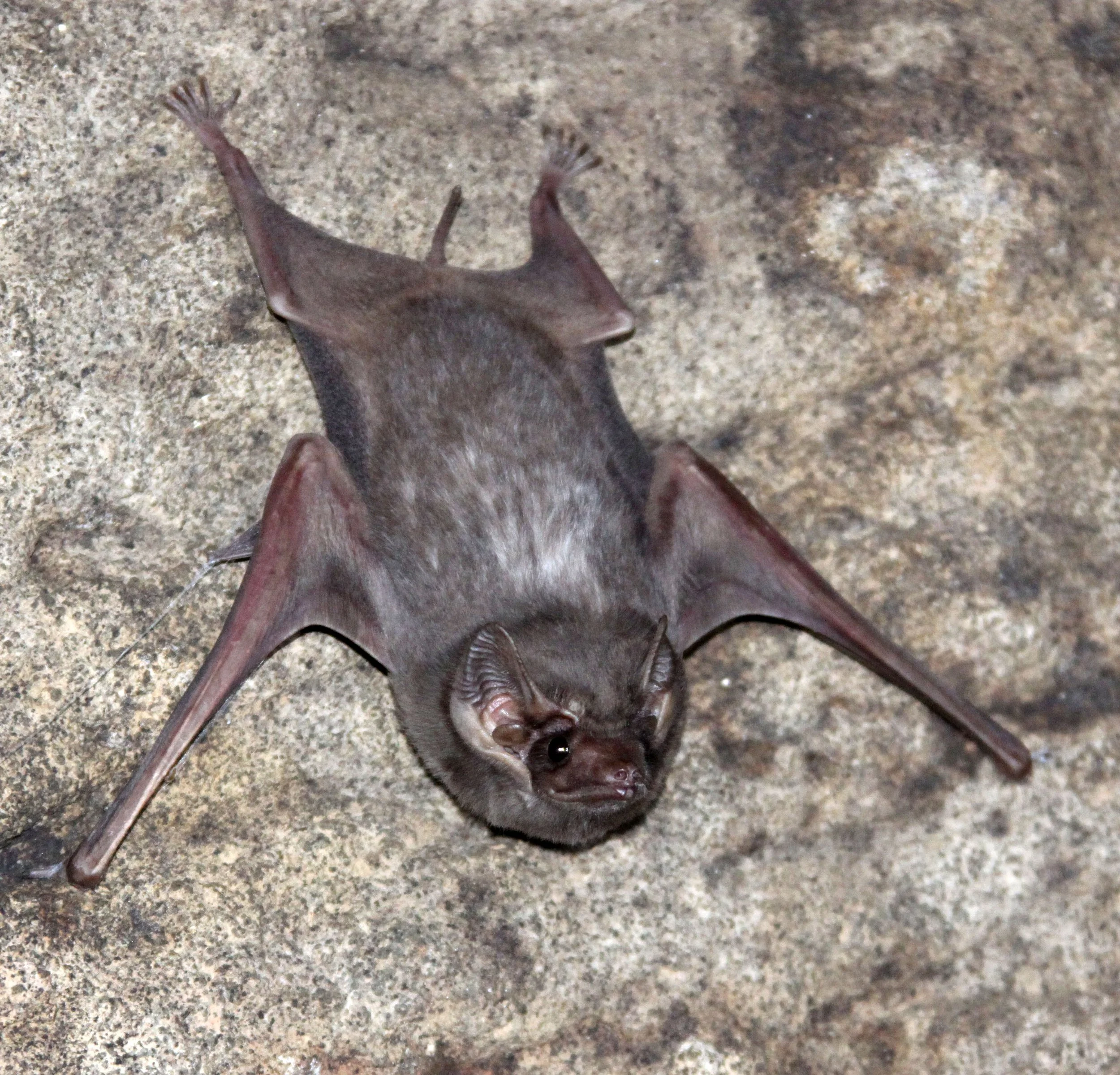




The Egyptian Tomb Bat (Taphozous perforatus) is a species of sac-winged bat in the family Emballonuridae.[1] It is a medium- to large-sized microbat with a mass of approximately 30 g (1.1 oz). It is an aerial insectivore, foraging in open space. Based on individuals captured in Ethiopia, it is thought to feed predominantly on Lepidoptera, but is also known to feed on Isoptera, Coleoptera and Orthoptera.
The individuals in this gallery are from Awash National Park Ethiopia.



The Naked-rumped Tomb Bat (Taphozous nudiventris) is a species of sac-winged bat in the family Emballonuridae. Found in northern Africa, the Middle East, and southeastern Asia, its natural habitats are dry savanna, subtropical or tropical dry shrubland and forests, caves, and arid areas.
The naked-rumped tomb bat is a moderate-sized, sac-winged bat, males typically being slightly larger than females. The head is fairly flat with a long, cone-shaped snout and a shallow depression between the large eyes. The lower lip has a grooved protuberance and the ears are triangular and backward-pointing. There is no nose-leaf and the throat pouches are well-developed in the male but less so in the female. The fur is short and sleek, and covers the whole body apart from the rump, lower belly and hind limbs; there is a sharp division between the furred and naked parts, with about one third of the total surface lacking hair. The dorsal pelage is pale greyish-brown, deep brown or rusty-brown and the ventral pelage is a paler colour than the back. The wing membrane is dark brown and the tail projects freely from the upper surface of the interfemoral membrane.
This bat is widely distributed across northern Africa and western Asia. Its range extends from Morocco and sub-Saharan Africa through Egypt and the Middle East to Pakistan and India. It is found in semi-arid and arid areas as well as tropical forests; wherever there is a combination of open areas in which to hunt and suitable roosting sites in rocky or underground locations. It is often associated with human settlements, but is not tolerant of much disturbance at its roosting sites.
The individual in this gallery was photographed in Northern Tunisia although the distributions maps are unclear as to its position in Tunisia.



